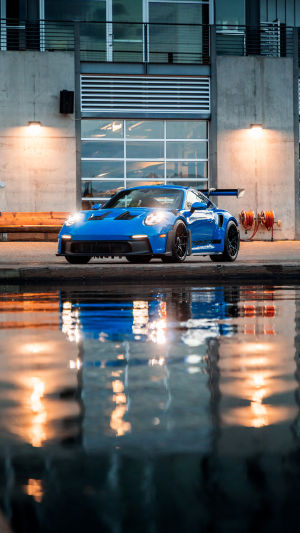With the continuous development of the automobile industry, automobile headlights have developed into many different types and designs to meet different needs and purposes. These different types of car lights differ not only in appearance but also in functionality and technology.
In this article, we’ll look at the different types of car lights and how they differ.
1. Headlight:
Headlights are the most basic lighting device on a car, used to illuminate the road ahead and enable drivers to drive safely at night or in bad weather conditions. Headlights are generally divided into two types: low beam and high beam.
- Low-beam headlights: Low-beam headlights are usually used on urban roads at night. The illumination range of their beams is relatively small to avoid dazzling other drivers. These lights are usually mounted on the front of the vehicle and are controlled by the driver via a switch inside the vehicle.
- High beam: High beam is used to provide stronger lighting over a longer distance, and is suitable for situations such as highways that require long-distance lighting. However, when there are other vehicles ahead, the driver must switch back to low beam to avoid the glare.
2. Daytime running lights:
Daytime running lights are additional lighting devices mounted on the front of the car to improve the car's visibility when driving during the day. These lights are usually high-intensity LED lights that are always on during the day and do not need to be turned on and off manually by the driver.
Research shows that daytime running lights can reduce the incidence of traffic accidents because they make cars more visible to other drivers.
3. Fog lights:
Fog lights are lighting devices specially designed for use in foggy or dense fog weather conditions. They are typically located lower on the front of the car, allowing the beam to hit the road lower, avoiding light reflection and scattering, thereby improving the driver's visibility.
Fog lights usually have a wide beam and low brightness to reduce glare in fog.
4. Turn signal:
Turn signals are used to indicate the driver's intention, such as changing lanes or turning. These lights are usually located on the front and rear of the car, as well as on the side of the vehicle.
When a driver turns on a turn signal, they flash to communicate the driver's intentions to other drivers, helping to reduce the incidence of traffic accidents.
5. Brake lights:
Brake lights are located at the rear of the car and are used to indicate to the driver that they are slowing down or braking. These lights illuminate when the driver presses the brake pedal to alert drivers of vehicles behind to slow down or stop.
Brake lights are usually brighter than other lights to ensure they are visible in all weather conditions.
6. Reversing light:
Reverse lights are located at the rear of the car and are used to provide additional lighting when reversing. They help drivers see obstacles and the road behind them more clearly when reversing.
Reverse lights are often used in conjunction with reverse gear, and they automatically illuminate when the vehicle is in reverse gear.
7. Interior lighting:
In addition to exterior lighting, cars are also equipped with interior lighting to provide illumination and visibility inside the vehicle. Interior lighting includes interior lights in the car, dashboard lighting, footlights under the seats, etc.
These lighting fixtures are not only used to provide visibility but also to improve comfort and ambiance inside the vehicle.
There are many types of car lights, and each type has its own unique functions and uses. Headlights are used to provide illumination of the road ahead, while fog lights are suitable for driving in adverse weather conditions.
Daytime running lights improve visibility when driving during the day, while turn signals and brake lights are used to indicate the driver's intentions and alert other drivers.
Reversing lights are used to assist the driver in safer operation when reversing, while interior lighting is used to provide illumination and comfort inside the vehicle. Each type of headlight plays an important role in ensuring driving safety and improving visibility, so both drivers and vehicle manufacturers need to understand and use these different types of lights correctly.





